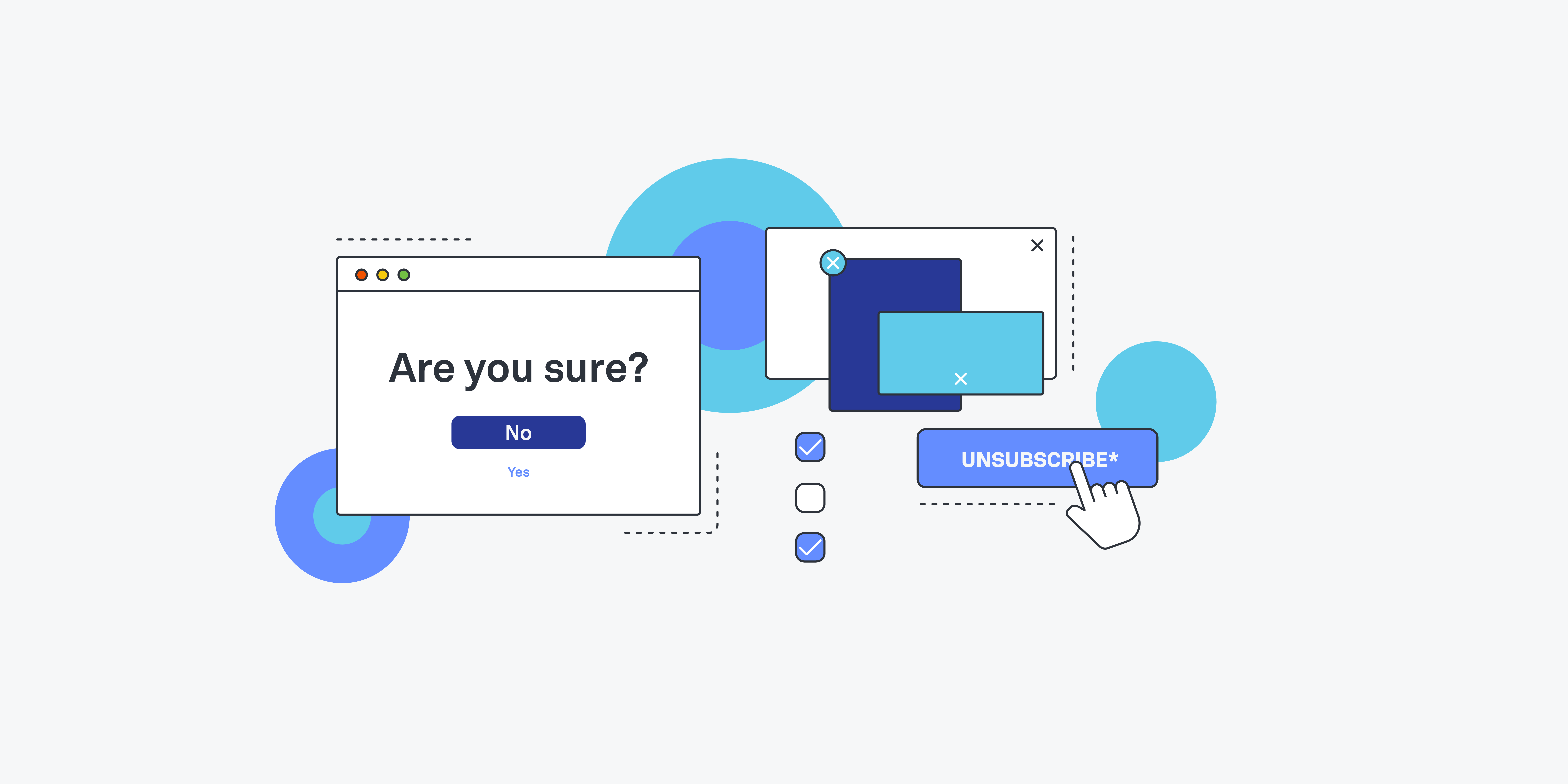
Privacy UX: Balancing User Privacy with Business Growth
Balancing user privacy with business growth isn’t always easy. Enter Privacy UX (shorthand for ‘privacy user experience’), an approach that bridges the gap between user trust and data collection.
So, what exactly is Privacy UX?
Imagine a world where users understand how their data is used, feel empowered to control it, and still enjoy a seamless digital experience. This encapsulates the essence of Privacy UX. It entails integrating privacy considerations into the very fabric of user interactions within digital products and services, nurturing trust and transparency along the way.
Why does it matter?
- Mitigates Risk: Strong Privacy UX demonstrates a proactive approach to data governance, minimising the legal and reputational risks associated with privacy breaches.
- Boosts User Trust: When users feel their privacy is respected and safeguarded, they’re more likely to engage with your brand, leading to higher customer loyalty and brand advocacy.
- Enhances Compliance: Privacy UX helps ensure compliance with stringent data privacy regulations like GDPR and CCPA, saving you time and resources in the long run.
What elements are involved in Privacy UX?
Some of the key elements involved in Privacy UX include:
- Transparency: providing users with clear, accurate and understandable information to users about how their data is collected, used, stored and shared
- Consent management: Offering users easily accessible and comprehensible options to control how their data is utilised and shared, including the ability to opt in or out of data collection.
- Clear settings and preferences: Designing intuitive interfaces that make it easy for users to locate and adjust their privacy settings and preferences.
- Privacy by design: Integrating privacy design considerations into the design and developmental process from the outset, ensuring compliance with relevant regulations while enhancing privacy without compromising usability or functionality.
What are some examples of Privacy UX in practice?
Just-in-Time Data Collection
Just-in-time data collection refers to the practice of soliciting user data only when it is necessary for the immediate task or functionality at hand; it is a smarter, more respectful approach to collecting data from your customers.
Instead of traditional approaches that may require upfront and indiscriminate data gathering, just-in-time collection adopts a more targeted and contextually aware approach, aligning with the principles of privacy by design. You can think of it as asking relevant questions as they arise, instead of initially capturing everything you might possibly need and using it if that situation arises. Just in time data collection embodies the notion of minimalism, adhering to the principle of collecting only what is essential to fulfil a specific user need or transaction.
Here’s what that looks like in practice:
- Just-in-time location data collection: In the context of ride-sharing apps, a prime example of just in time data collection involves the selective gathering of geographic information. For instance, it’s best practice for a ride-sharing app to request access to a user’s location exclusively when they are booking their initial ride and until the drop-off point is reached. By doing so, the app respects user privacy by collecting location data solely for the duration necessary to facilitate the ride.
- Just-in-time camera access: Consider an individual who downloads an app designed to capture passport photos in compliance with various countries’ specifications. In this scenario, granting the app access to the device’s camera is not only appropriate but also essential for the intended functionality. Just in time camera access ensures that the app receives permission to use the camera precisely when it is needed, aligning with user expectations and privacy norms.
Privacy Notice Layering
Privacy notice layering involves presenting privacy information to users in a structured and layered manner, allowing them to access detailed information progressively based on their level of interest or need for clarification. Instead of overwhelming users with dense and lengthy privacy notices upfront, notice layering breaks down the information into digestible chunks, facilitating better comprehension and informed decision-making.
It usually contains:
- A short notice with only the essential elements of the privacy policy.
- A condensed version with some expanded information about key points.
- The full version.
Layering your privacy policy enhances user experience, transparency and compliance with privacy regulations.
Tips for Companies Looking To Implement Privacy UX
- Evaluate Your Current Practices: Audit your data collection methods and user interactions from a privacy perspective.
- Invest in User Research: Understand your user’s privacy concerns and tailor your UX accordingly.
- Champion Privacy UX: Advocate for integrating Privacy UX principles within your organization to foster trust, transparency and user empowerment.
In essence, Privacy UX represents a pivotal paradigm shift in digital design, placing user privacy and trust at the forefront of the user experience journey. By embracing Privacy UX, organisations can forge stronger relationships with users, cultivate brand loyalty and navigate the evolving landscape of data privacy regulations with confidence.
If you would like to learn more or uplift your organisation’s privacy practices, reach out. Our multidisciplinary team would love to help.
